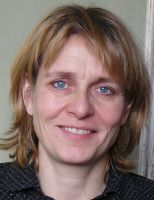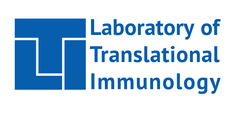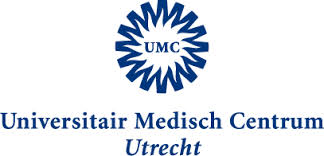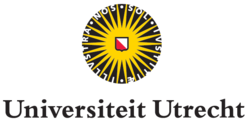
Utrecht Center for Quantitative Immunology

|
Kiki TesselaarLaboratory Translational ImmunologyUniversity Medical Center Utrecht Utrecht University |
Thanks to the recent introduction of stable isotope labeling we can measure in vivo cell proliferation and death, and determine in vivo rates of leukocyte turnover in humans. We determine these parameters of T cells in healthy subjects and determine how these rates change during healthy aging. Similar studies in patients are performed to study how the population dynamics of T cells change when the immune system is disturbed. In patients with primary immune deficiency these studies are complemented with in depth functional and phenotypical characterization of the patients lymphocyte compartment. In combination with genetic analyses, we aim to identify the underlying cause of the immune deficiency and determine the effects of the implicated protein(s) on immunity.
Current studies in HIV infections are focused on immune recovery in patients receiving cART. A successfully treated patient should have completely restored immunity and no increased morbidity or mortality. We investigate the effects and interplay of residual immune activation, treatment protocols and host factors on T cell turnover and treatment success. Our human studies are paralleled by studies in mice. This allows us to overcome the limitations involved in measurement and manipulation of the T-cell compartment in men and offers the possibility to use mice with a genetically manipulated immune system and analyze tissues inaccessible in humans.
Five key publications
- What's your age again? Determination of human neutrophil half-lives revisited. Tak T, Tesselaar K, Pillay J, Borghans JA, Koenderman L. J Leukoc Biol. 2013 Oct;94(4):595-601. doi: 10.1189/jlb.1112571.
- Quantitating lymphocyte homeostasis in vivo in humans using stable isotope tracers. Westera L, Zhang Y, Tesselaar K, Borghans JA, Macallan DC. Methods Mol Biol. 2013;979:107-31. doi: 10.1007/978-1-62703-290-2_10.
- A generalized mathematical model to estimate T- and B-cell receptor diversities using AmpliCot. Baltcheva I, Veel E, Volman T, Koning D, Brouwer A, Le Boudec JY, Tesselaar K, de Boer RJ, Borghans JA. Biophys J. 2012 Sep 5;103(5):999-1010.
- Maintenance of peripheral naive T cells is sustained by thymus output in mice but not humans. den Braber I, Mugwagwa T, Vrisekoop N, Westera L, Mogling R, de Boer AB, Willems N, Schrijver EH, Spierenburg G, Gaiser K, Mul E, Otto SA, Ruiter AF, Ackermans MT, Miedema F, Borghans JA, de Boer RJ, Tesselaar K. Immunity. 2012 Feb 24;36(2):288-97. doi: 10.1016/j.immuni.2012.02.006.
- Sparse production but preferential incorporation of recently produced naive T cells in the human peripheral pool. Vrisekoop N, den Braber I, de Boer AB, Ruiter AF, Ackermans MT, van der Crabben SN, Schrijver EH, Spierenburg G, Sauerwein HP, Hazenberg MD, de Boer RJ, Miedema F, Borghans JA, Tesselaar K. Proc Natl Acad Sci U S A. 2008 Apr 22;105(16):6115-20. doi: 10.1073/pnas.0709713105
Members
Jose BorghansRob de Boer
Julia Drylewicz
Can Kesmir
Aridaman Pandit
Leila Perie
Kiki Tesselaar
Johannes Textor
Nienke Vrisekoop
Research
Epitope identificationLymphocyte dynamics
Lymphocyte migration
Relevance
More
UCQI homePhD students
Open positions/projects
Agenda
Publications (pubmed)


